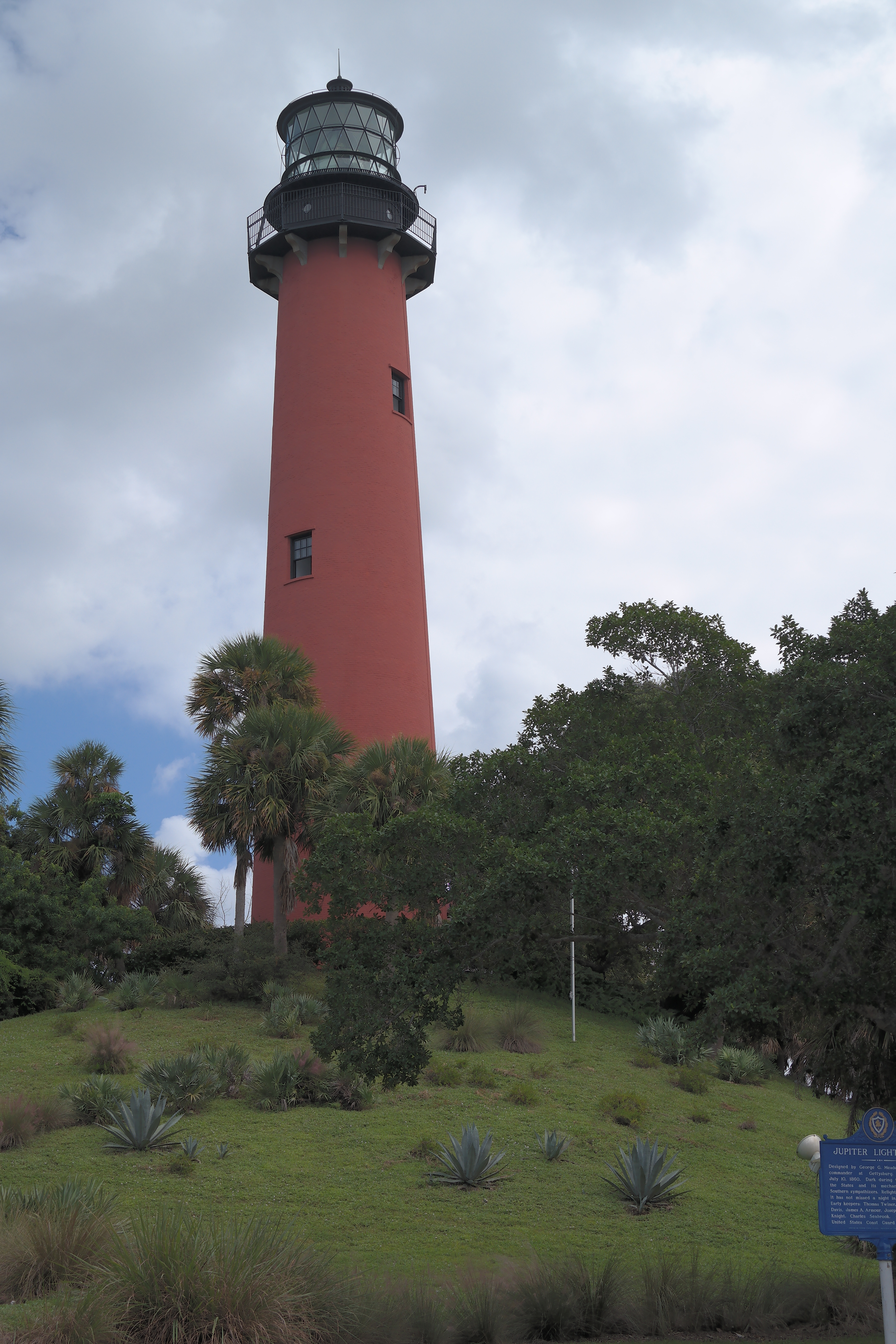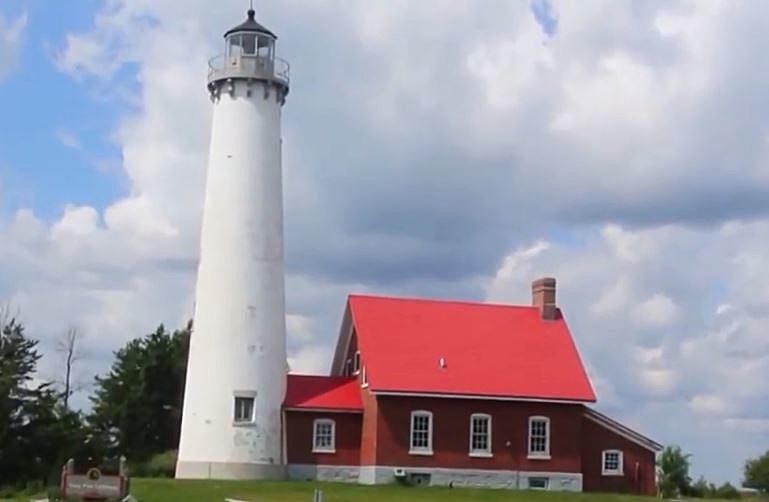


Others posited that a passing ship might have abducted them. Some suggest that McArthur may have killed his colleagues, then himself. Going mad was not unheard of among lighthouse keepers. He was the least experienced of the three and was a temperamental man. They theorized that McArthur might have done something sinister. Why would all keepers be outside at the same time, when one had to stay inside the lighthouse at all times? Why did Donald McArthur go outside without his gear? Foul play? While the NLB did not suspect foul play, curious minds felt that the behaviors were very out of character. God is over all.” Despite this, there were no reports of storms in the area on those four days. On December 15, the entry stated, “Storm ended, sea calm. From December 12 to 15, one of the keepers (probably Marshall) supposedly wrote about strong winds, and about Ducat and McArthur’s fragile state of mind. In later years, a writer named Ernest Fallon claimed he had the keepers’ original logbook, which described severe weather on the island at the time. There were no follow-up investigations, despite many unanswered questions. McArthur may have run out to save them and he, in turn, got swept out into the dark North Atlantic Ocean. They determined that Ducat and Marshall might have gone down to the landing to secure the boxes of ropes when a rogue wave swept them away. The official cause of disappearance was a storm or powerful wave that swept them out to sea. The Northern Lighthouse Board (NLB) investigated the disappearance and reported that “A dreadful accident has happened at Flannans…No sign of life was to be seen on the Island…Poor fellows, they must have been blown away…” End of the investigationĪnd that was the end of it. Moore was so terrified that he was eventually transferred. These discoveries prompted Captain Harvey to leave Moore and three others on Eilean Mòr to tend the lighthouse while he went to the mainland for help. A lifebuoy was also missing from the landing and the railway tracks used to shuttle supplies to the landing were “torn” from the ground.

Moore went to the west landing to find the iron railings twisted and in pieces and boxes of ropes scattered. The only thing that stood out was the missing oilskin coats and boats of James Ducat and Thomas Marshall, while Donald McArthur’s clothes remained. In the living quarters, food was laid out on the kitchen table, the fireplace was unused, beds were made up, and the clocks had wound down. The lamp and lenses were clean and the oil tubs were full. The lighthouse seemed completely abandoned and eerily calm. Captain James Harvey sent replacement keeper Joseph Moore to investigate. They fired flares and blew whistles, but got no response. On Boxing Day, the relief vessel Hesperus arrived at the lighthouse to no signal flag, none of the usual preparations at the landing site, and no keepers coming to meet them.

After docking in Leith, the captain conveyed the irregularity to port authorities, and they noted the incident. The light was out, forcing the captain to divert the vessel. On December 15 of that year, the SS Archtor was traveling to Leith from Philadelphia and passed Eilean Mòr. Along with Second Assistant Thomas Marshall and Occasional keeper Donald McArthur, they managed the lighthouse without incident until December 1900. His family said that he took the job reluctantly, knowing the island’s reputation. James Ducat, the experienced head keeper of the lighthouse, had the same reservations. Many, including crew members on passing ships, described a sense of foreboding. The reason for the island’s reputation is unclear. Centuries ago, shepherds who used to live on neighboring islands brought their sheep to graze during the day but hurried back home before dark. Despite its modest size, visitors were terrified and refused to stay the night. The only manmade structures on the island are a 23m lighthouse and a rudimentary drystone chapel dating back to the 7th century. What some weren’t ready to accept was a post at Flannan Isles Lighthouse on Eilean Mòr.Įilean Mòr is only 0.4km wide and has steep 60m cliffs. However, many accepted this sacrifice as a way of life. It was an isolating experience, and keepers did not see their families for most of the year. Keepers stayed cooped up in their little vertical towers for weeks or months at a time. Keepers worked full-time and had to maintain lenses and lamps, repair equipment, replenish the oil, prepare landings for ships, and assist in rescues. Photo: Daily Recordīeing a lighthouse keeper in the old days was not easy.


 0 kommentar(er)
0 kommentar(er)
